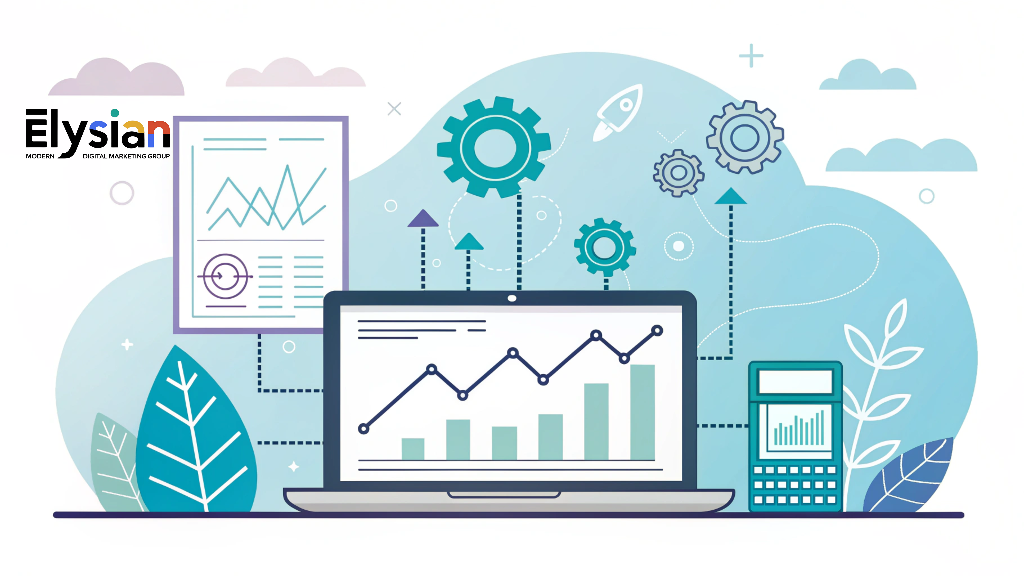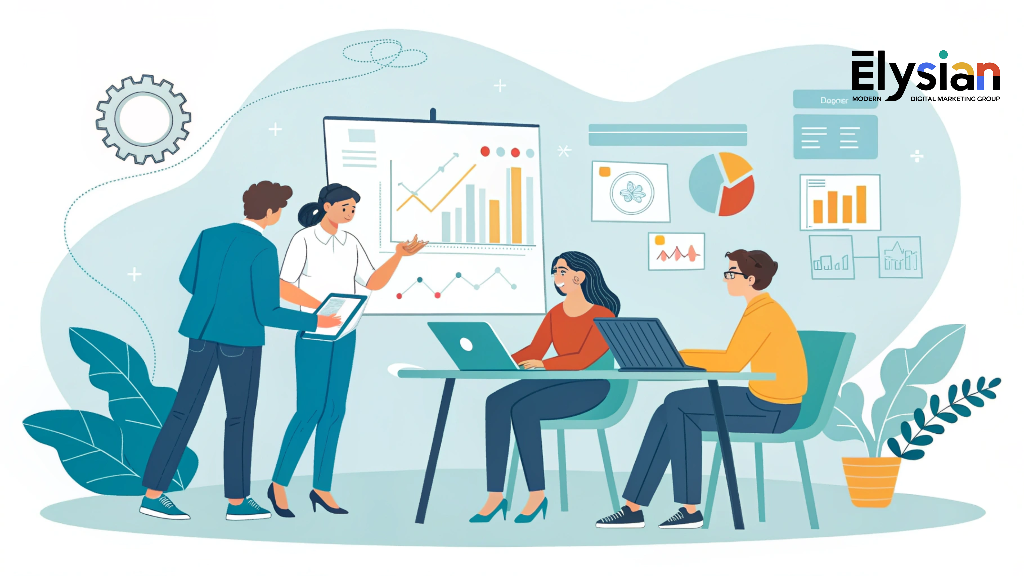
Build a Scalable B2B SaaS Lead Engine with SEO & Ads
B2B SaaS companies often struggle to consistently generate high-quality leads. Random content pushes, expensive paid campaigns, and unclear messaging lead to leaky funnels and poor ROI. So how do you create a system that continuously drives pipeline — without wasting budget or time?
In this guide, we'll walk through a proven, four-part framework to build a scalable lead engine for B2B SaaS companies. It’s designed to help you attract the right audience, convert them into high-quality leads, and generate consistent revenue — by combining SEO, paid media, and conversion optimization in a way that aligns with modern buying behavior.
Step 1: Build SEO Foundations
Search is still one of the most efficient ways to generate qualified, intent-driven traffic. But most SaaS companies miss the mark by either:
-
Targeting broad, top-funnel terms with no purchase intent
-
Ignoring high-converting, bottom-funnel queries
To build a sustainable source of inbound leads, your SEO strategy needs to be intentional and closely tied to your customer journey.
Focus on Problem-Aware and Solution-Aware Keywords
Instead of chasing high-volume vanity terms, focus on:
-
Long-tail keywords with business intent (e.g., "best subscription analytics tools for SaaS")
-
Comparison queries (e.g., "Chargebee vs RevenueCat")
-
Job-to-be-done searches (e.g., "how to reduce churn in SaaS")
-
Pain-point terms (e.g., "SaaS onboarding drop-off")
Action Items:
-
Build a keyword map across the funnel (TOFU > MOFU > BOFU), aligned with buyer intent
-
Optimize landing pages, blog content, and use schema markup where appropriate
-
Use internal linking to guide readers from educational content to product pages and conversion points
-
Regularly update and re-optimize content to maintain rankings and relevance
SEO is not just about keywords — it’s about relevance, search intent, and conversion potential.
Step 2: Launch High-Intent Paid Campaigns
While SEO compounds over time, paid media gives you control over lead velocity. But without a structured strategy, you’ll burn budget fast and generate low-quality leads.
Google Search: Capture Bottom-Funnel Intent
-
Target transactional queries like "SaaS subscription billing platform"
-
Write ads that speak to pain points and outcomes ("Save 10+ dev hours monthly")
-
Use extensions (sitelinks, structured snippets, pricing) to increase ad real estate and CTR
-
Route traffic to high-converting, relevant pages — never the homepage
LinkedIn & Meta: Educate and Engage Mid-Funnel
-
Use thought-leadership content (e.g., industry benchmarks, frameworks, use cases)
-
Run gated lead magnets (checklists, templates, playbooks)
-
Test different creatives: stat-driven carousels, testimonials, and short-form videos
Retargeting Stack:
-
Create segmented audiences: blog readers, pricing page visitors, engaged email subscribers
-
Customize messaging based on intent level and funnel stage
-
Use exclusion lists to avoid overlap and ad fatigue
Paid channels work best when aligned with your content and conversion ecosystem.
Step 3: Convert Traffic with Clarity
Driving traffic is just the first step — converting it is where the magic happens. Conversion Rate Optimization (CRO) ensures you’re maximizing ROI from every visit.
Website Optimization Tactics:
-
Craft benefit-first headlines and subheadings ("Drive 30% more demos — without adding ad spend")
-
Use visual hierarchy and whitespace to guide focus
-
Incorporate social proof throughout: client logos, brief testimonials, video snippets
-
Add micro-conversions: chatbots, newsletter signups, secondary CTAs
Forms & Offers:
-
Keep forms short but qualifying — name, company, role, intent
-
Offer clear value in exchange for contact info (e.g., “Get the 5-step funnel audit framework we use with $10M+ ARR SaaS teams”)
-
Embed forms on high-traffic pages and blog posts
The key is to remove friction while increasing trust.
Step 4: Measure, Attribute & Optimize
You can’t scale what you can’t track. Measurement gives you visibility, accountability, and the ability to experiment intelligently.
Core Metrics:
-
CAC by channel and campaign
-
LTV:CAC ratio across acquisition sources
-
MQL to SQL conversion rates
-
Time to conversion and funnel drop-off points
Tooling Recommendations:
-
Google Analytics 4 with event tracking + Tag Manager for custom triggers
-
HubSpot, Pipedrive, or similar CRM to align sales & marketing
-
Appsflyer or Segment for behavioral and attribution data
-
Hotjar or Microsoft Clarity to see how users actually behave on key pages
Experimentation:
-
Test messaging across channels — headlines, angles, CTAs
-
A/B test landing pages for copy, layout, and UX elements
-
Analyze heatmaps to remove blockers and improve flow
Optimization is not a one-off task — it's a continuous process tied to revenue goals.
Final Thoughts
A high-performance B2B SaaS lead engine isn’t just about generating traffic — it’s about creating a repeatable, efficient system that attracts qualified buyers, nurtures them through your funnel, and drives measurable pipeline growth.
With the right balance of SEO strategy, paid media execution, and conversion-focused design, you’ll position your product to scale consistently — even in a competitive market.
Need help building or optimizing your lead engine?
👉 Book a free 30-minute strategy call with us.
Or download our free B2B SaaS Funnel Audit Checklist.
.png?width=1340&height=1008&name=elysium%20marketing%20(3).png)

